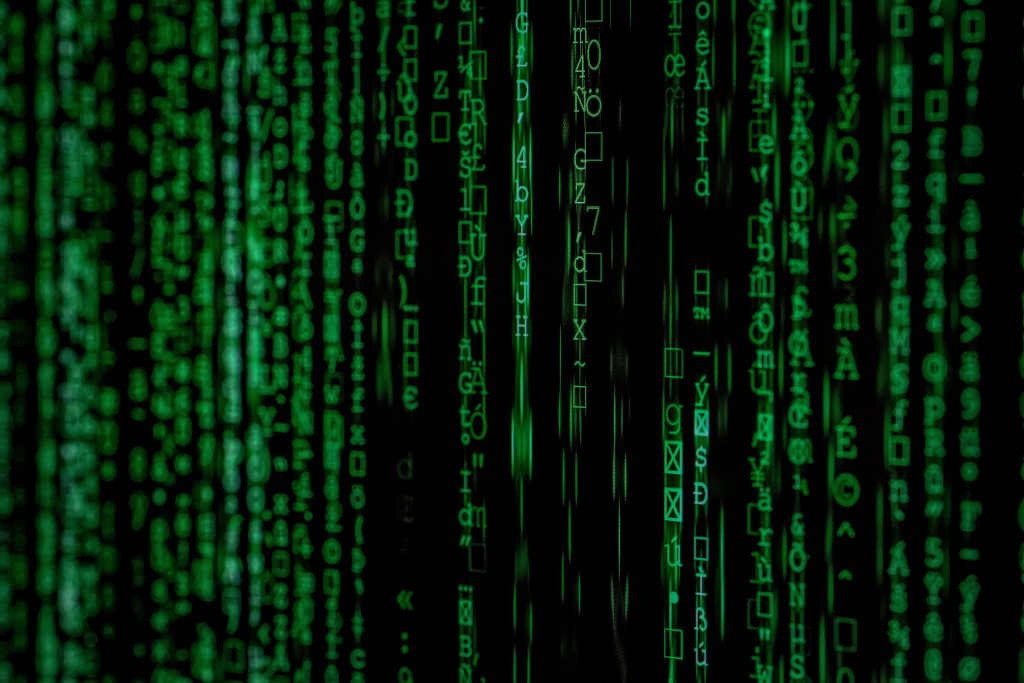Revolutionizing Cybersecurity: Insights from Google’s SecOps
In the realm of cybersecurity, Google’s latest SecOps report offers a compelling glimpse into how the tech giant is redefining security protocols. Their approach is not just innovative; it’s transformational. Here are some key takeaways that stood out to me:
-
Automated Efficiency: An impressive 97% of Google’s security events are managed by automation, with human analysts involved in merely 3%. This remarkable statistic underscores the effectiveness of their automated systems in threat detection.
-
Unified Responsibilities: Google’s detection engineers possess a dual role; they are responsible for both crafting and triaging their alerts. This integration eliminates silos between departments, fostering a more cohesive and agile response to potential threats.
-
AI-Driven Improvements: Remarkably, they have utilized artificial intelligence to streamline the executive summary writing process, cutting the time by 53% while still upholding high-quality standards.
The most striking aspect of Google’s approach is how it positions security not just as a reactive task, but as a critical engineering discipline. This pivot towards automation and a strong emphasis on coding skills calls into question the future of traditional security roles.
As we consider the evolving landscape of cybersecurity, it raises a thought-provoking question: Will traditional security positions eventually morph into engineering-centric roles?
For those interested in this ongoing evolution, I provide weekly insights on such topics in my newsletter tailored for cybersecurity leaders. You can subscribe here: Cybersecurity Insights Newsletter.
Join the conversation and explore how the future of security is being shaped by innovative practices and technologies!
Share this content:




Thank you for sharing this insightful article on Google’s SecOps approach. It’s impressive to see how automation handles 97% of security events, significantly reducing response times and freeing up skilled analysts for more complex tasks. If you’re implementing similar automation, ensure your security tools are properly integrated and regularly updated to maintain efficacy.
Additionally, leveraging AI, as mentioned, can greatly enhance threat detection and response. When deploying AI solutions, always prioritize data privacy and model accuracy to avoid false positives or negatives that could impact your security posture.
Regarding the evolving role of security professionals into more engineering-centric roles, consider investing in continuous training on coding and automation skills. This will help your team stay ahead in adopting innovative security practices and adapting to future shifts in cybersecurity roles.
If you’d like assistance with automating security workflows or integrating AI tools into your security infrastructure, please feel free to reach out. We offer tailored solutions and support to help organizations optimize their cybersecurity operations.